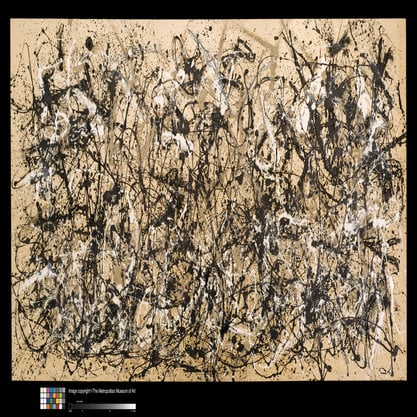Article
Mondrian, Piet (1872–1944) [REVISED AND EXPANDED] By Jones, Peter
Article
The Dutch artist Piet Mondrian was one of the pioneers of abstract art who produced some of the most radical painting of the 20th century. An early influence was Cubism which led him to adopt a semi-abstract linear style as in his paintings of trees and buildings made in Paris and Holland from 1912–14. During the inter-war years Mondrian developed an esoteric theory of art and an austere style of geometric abstraction that he called Neo-Plasticism. In this work, for which he is best known, Mondrian abandoned all reference to nature and aimed to express a higher reality beyond the world of appearances.



